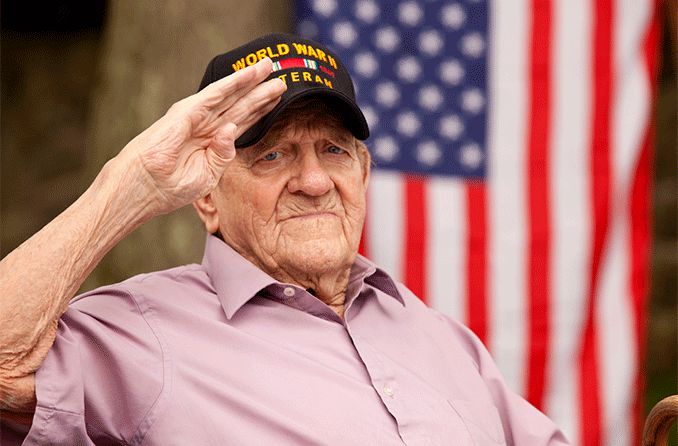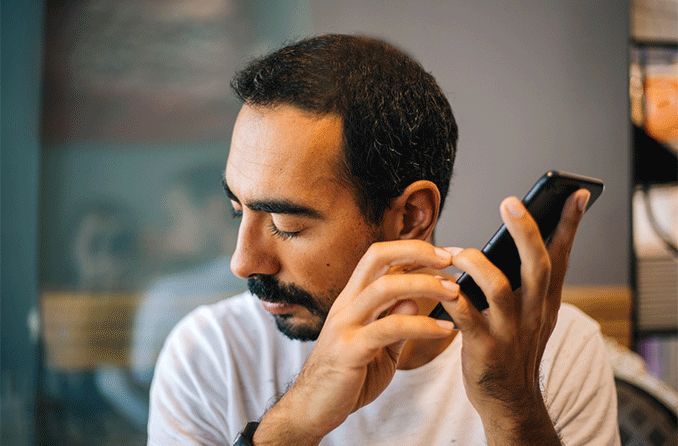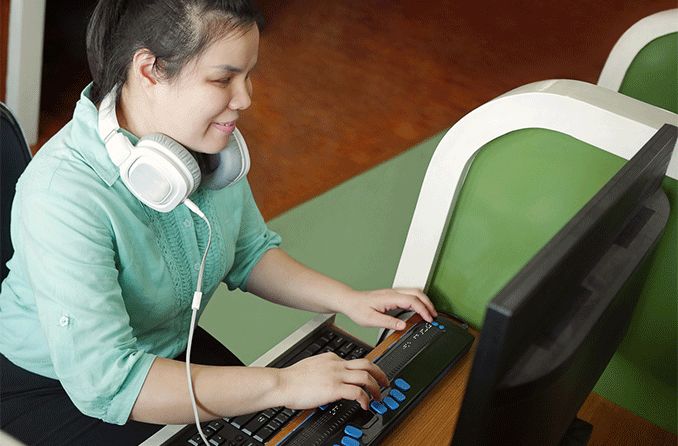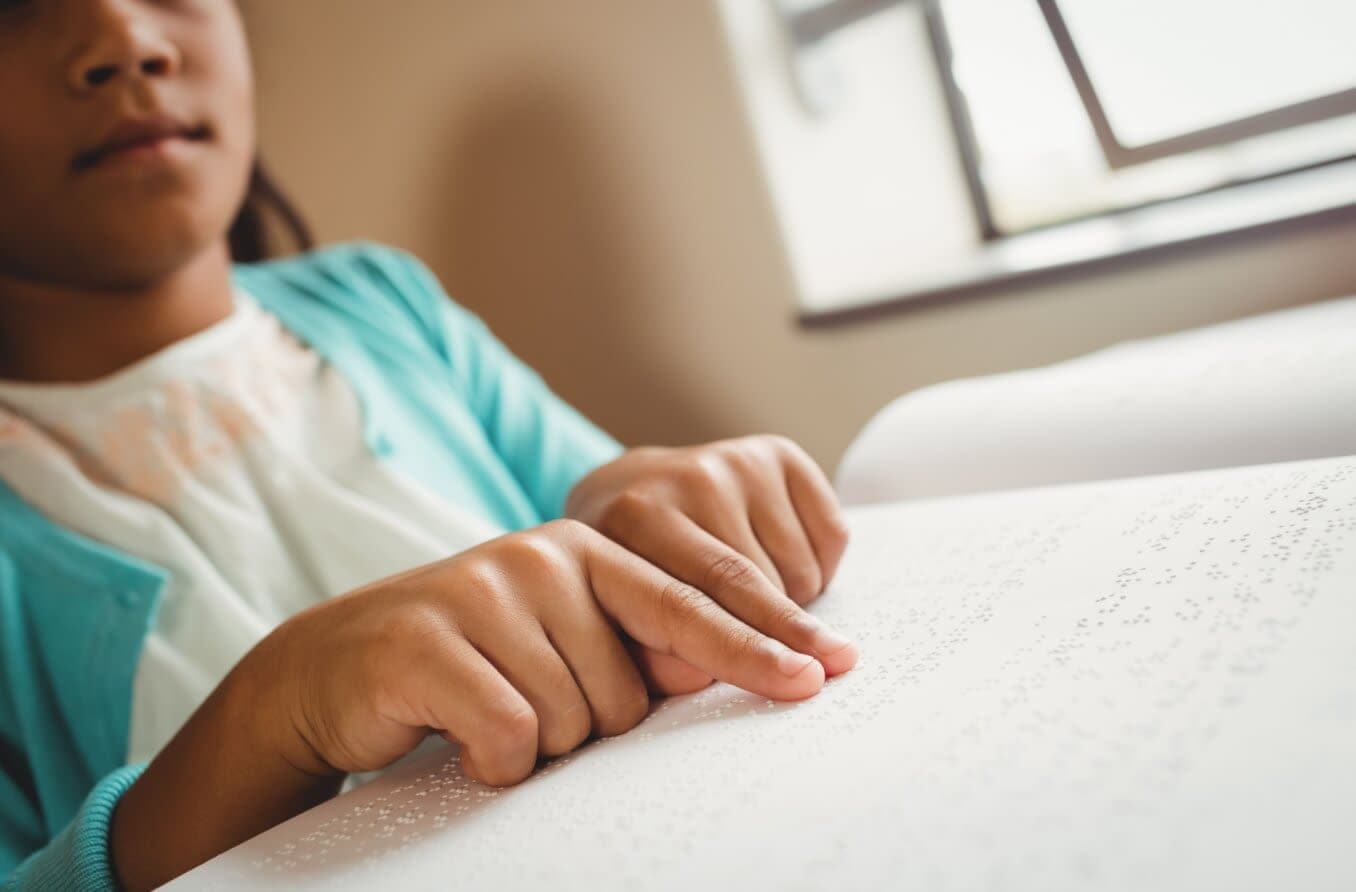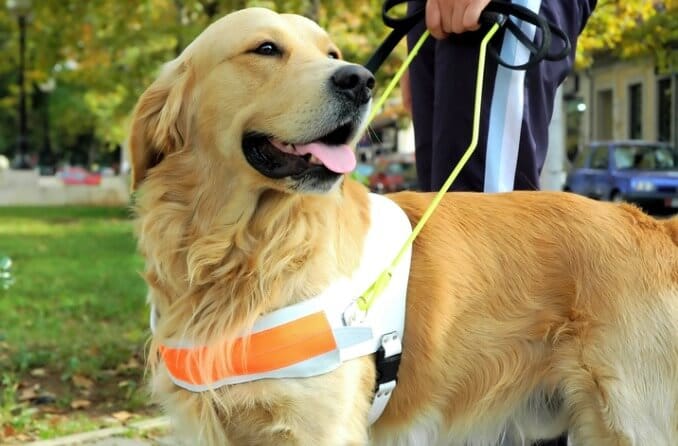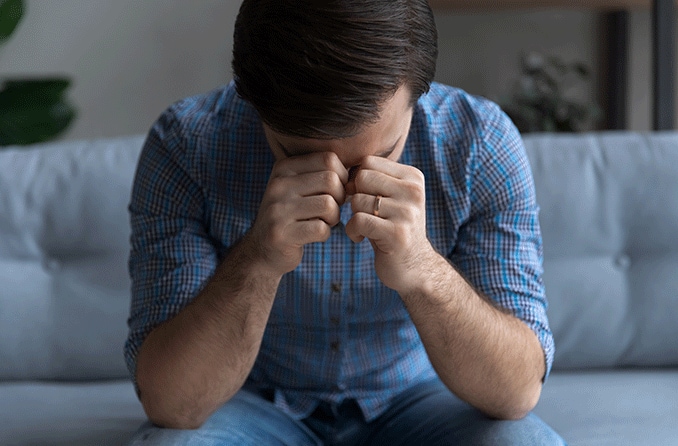More than 130,000 U.S. military veterans are legally blind, and over 1 million veterans have low vision. Fortunately, a variety of resources are available for visually impaired veterans.
Among older veterans, major causes of vision loss include age-related macular degeneration, glaucoma, cataracts, stroke and diabetic retinopathy. Some veterans who served in Iraq and Afghanistan experience blast-related brain injuries that can lead to blurred vision, double vision, sensitivity to light and difficulty reading. Nearly two-thirds of servicemembers with traumatic brain injuries may suffer vision problems, while eye injuries account for 10% to 15% of combat casualties.
On average, members of the U.S. armed services suffer 15,681 eye injuries per year. In addition, a yearly average of 4,000 cases of traumatic brain injury not accompanied by an eye injury cause visual impairment. In 2025 dollars, this equals an estimated annual cost of treatment, benefits and potential lost productivity of $3.2 billion related to these eye injuries and traumatic brain injuries.
Veterans with vision impairment caused or aggravated by active-duty service may qualify for benefits, such as tax-free monthly payments, from the U.S. Department of Veterans Affairs (VA). If their vision impairment isn’t connected to active-duty service, a veteran still may qualify for treatment or rehabilitation from a VA center or program. To schedule an eye exam, contact your nearest VA medical center.
The VA introduced a comprehensive blindness and vision rehabilitation program in 2008 with establishment of the Vision Center of Excellence, shared by the VA and the U.S. Department of Defense. The center is located at Walter Reed National Military Medical Center in Bethesda, Maryland.
What follows is a roundup of resources for veterans who are visually impaired.
Blind Rehabilitation Centers
The VA operates 13 Blind Rehabilitation Centers (BRCs). These inpatient centers help veterans adjust to their blindness, assisting with skills such as:
Mobility
Visual skills
Manual skills
Communication skills
Daily activities
Computer use
Social and recreational activities
The Blind Rehabilitation Centers are in:
Augusta, Georgia
Biloxi, Mississippi
Birmingham, Alabama
Cleveland, Ohio
Hines, Illinois
Long Beach, California
Palo Alto, California
San Juan, Puerto Rico
Tacoma, Washington
Tucson, Arizona
Waco, Texas
West Haven, Connecticut
West Palm Beach, Florida
In congressional testimony given in 2020 and 2021, Thomas Zampieri, president of the Blinded Veterans Association, worried that some Blind Rehabilitation Centers were understaffed.
The care of visually impaired veterans in rural areas is of particular concern. Rural veterans often face barriers to care, including distance and limited access to providers or the internet.

Golf for vision-impaired veterans
Nine of the VA’s Blind Rehabilitation Centers provide instruction in what’s known as “blind golf” to veterans with blindness or low vision.
As part of their rehabilitation, World War II veterans were introduced in the 1940s to the game of golf at Old Avon Farms in Connecticut. The Blind Rehabilitation Center in Hines, Illinois, added blind golf to its offerings in 1948. That’s the same year that the United States Blind Golf Association was founded.
Intermediate and Advanced Low Vision Clinics
Operated by the VA, the Intermediate and Advanced Low Vision Clinics are outpatient locations where veterans can receive services that go beyond what’s offered at VA eye clinics. These include eye exams, use of vision-enhancing devices and training in visual skills. Specialists at these clinics help with daily tasks such as reading, writing, cooking and managing medications.
Vision Impairment Services in Outpatient Rehabilitation (VISOR) programs
VISOR programs provide short-term rehabilitation for blindness or vision problems. They last about two weeks and include overnight accommodations for those who need lodging. VISOR participants must be able to carry out daily living activities on their own.
Aside from the variety of services provided at the Intermediate and Advanced Low Vision Clinics, VISOR offers training in communication, computer use and daily living. Skills that may be covered include typing, handwriting, telling time, managing financial records, preparing meals and arranging a wardrobe.
Advanced Ambulatory Low Vision Clinics
These 23 clinics emphasize vision skills and vision enhancement, enabling a veteran to better carry out daily activities. This includes travel and other mobility-related activities.
Visual Impairment Centers to Optimize Remaining Sight (VICTORS) program
VICTORS complements the VA’s 13 Blind Rehabilitation Centers. The outpatient program cares for veterans with significant visual impairment (20/70 to 20/200 visual acuity or worse; significant visual field loss; or both). The program features specialists in optometry, ophthalmology, social work, psychology and low vision therapy.
The VICTORS locations are:
Northport, New York
Palo Alto, California
Blind Rehabilitation Outpatient Specialist (BROS) program
In the BROS program, specialists teach skills to blind veterans at their own homes or at VA medical centers. A BROS instructor is well versed in at least two of these disciplines: orientation and mobility, living skills, manual skills and visual skills.
VA TeleEyeCare
Telehealth services for veterans continue to expand, including for eye care. The VA currently has three TeleEyeCare programs:
TeleEye Screening for preventive care
Technology-based Eye Care (TECs) for glasses prescriptions and eye exams
Tele-Low Vision Eye Care for helping veterans find the best vision aids for their needs
These programs help improve access to eye care in both rural and urban areas. They allow veterans to meet virtually with eye care specialists from their local VA clinics.
Ocular trauma centers
The 2017 National Defense Authorization Act called for designation of four ocular trauma centers within the VA medical system. By 2022, all four centers had been designated:
Brooke Army Medical Center
Walter Reed National Military Medical Center
Madigan Army Medical Center
Naval Medical Center San Diego
Guide dogs
The VA supports guide dogs that help blind and visually impaired veterans avoid obstacles. These dogs aren’t provided by the VA. Veterans who are approved for a guide dog are referred to organizations accredited by Assistance Dogs International or the International Guide Dog Federation.
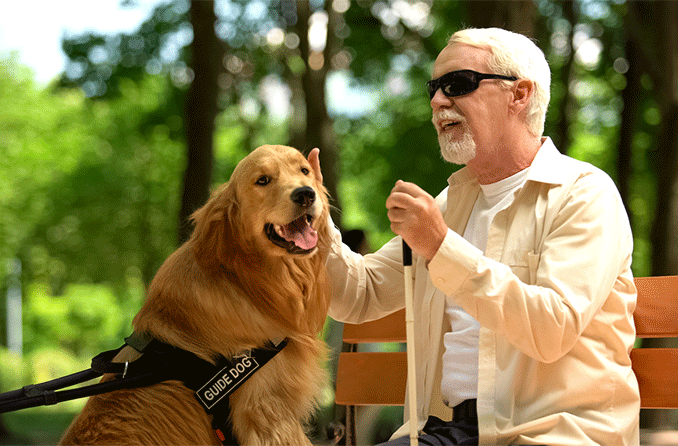
Research programs
VA researchers at sites in Atlanta, Georgia and Iowa City, Iowa, work on projects aimed at:
Improving vision testing.
Repairing or easing vision loss due to disease or injury.
Learning more about the connection between injury and vision loss.
Increasing the independence of veterans with blindness or low vision.
Improving access to eye care for veterans living in rural areas.
Detecting disorders that potentially cause blindness, such as glaucoma and traumatic brain injury.
Offering greater access to telemedicine.
At the University of Colorado Anschutz Medical Campus, Dr. Kia Washington leads a research program investigating the potential for eye transplants. The program is part of a multi-institution collaborative effort recently awarded major federal funding to accelerate whole-eye transplant research. The institutions involved include the USC Roski Eye Institute, Cedars-Sinai Medical Center, Johns Hopkins University, the National Eye Institute and others.
Technology for veterans with vision problems
Several inventions can help vision-impaired veterans see better:
eSight devices
These are wearable sight-enhancing devices available through the VA to veterans with low vision.
The device relies on high-resolution screens, smart algorithms and a cutting-edge camera to help a person with low vision see clearly and lead an active, independent life.
IrisVision
IrisVision is a low vision headset available to veterans through the VA. The headset helps people with eye conditions such as age-related macular degeneration, glaucoma, retinitis pigmentosa, diabetic retinopathy, optic nerve damage and cataracts.
MyEye
Visually impaired veterans may be eligible for OrCam’s MyEye device as well. The device, which mounts on a person’s eyeglasses, helps them read text, identify faces, pick out products while shopping and recognize barcodes. The Bluetooth-enabled device responds to hand gestures and voice commands. Israel-based OrCam makes the device.
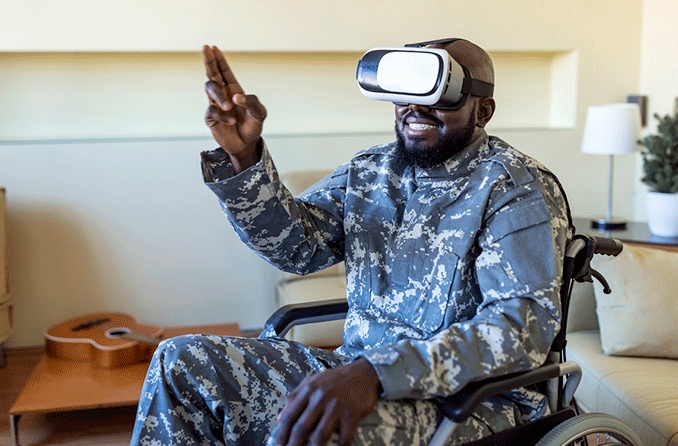
Organizations that help veterans with vision problems
Among the organizations that help with various aspects of blindness or low vision among veterans are:
MD Support (for macular degeneration)
National Research and Training Center on Blindness and Low Vision
Aside from the VA, federal agencies or programs that assist veterans with blindness or low vision include:
Independent Living Services for Older Individuals Who Are Blind

